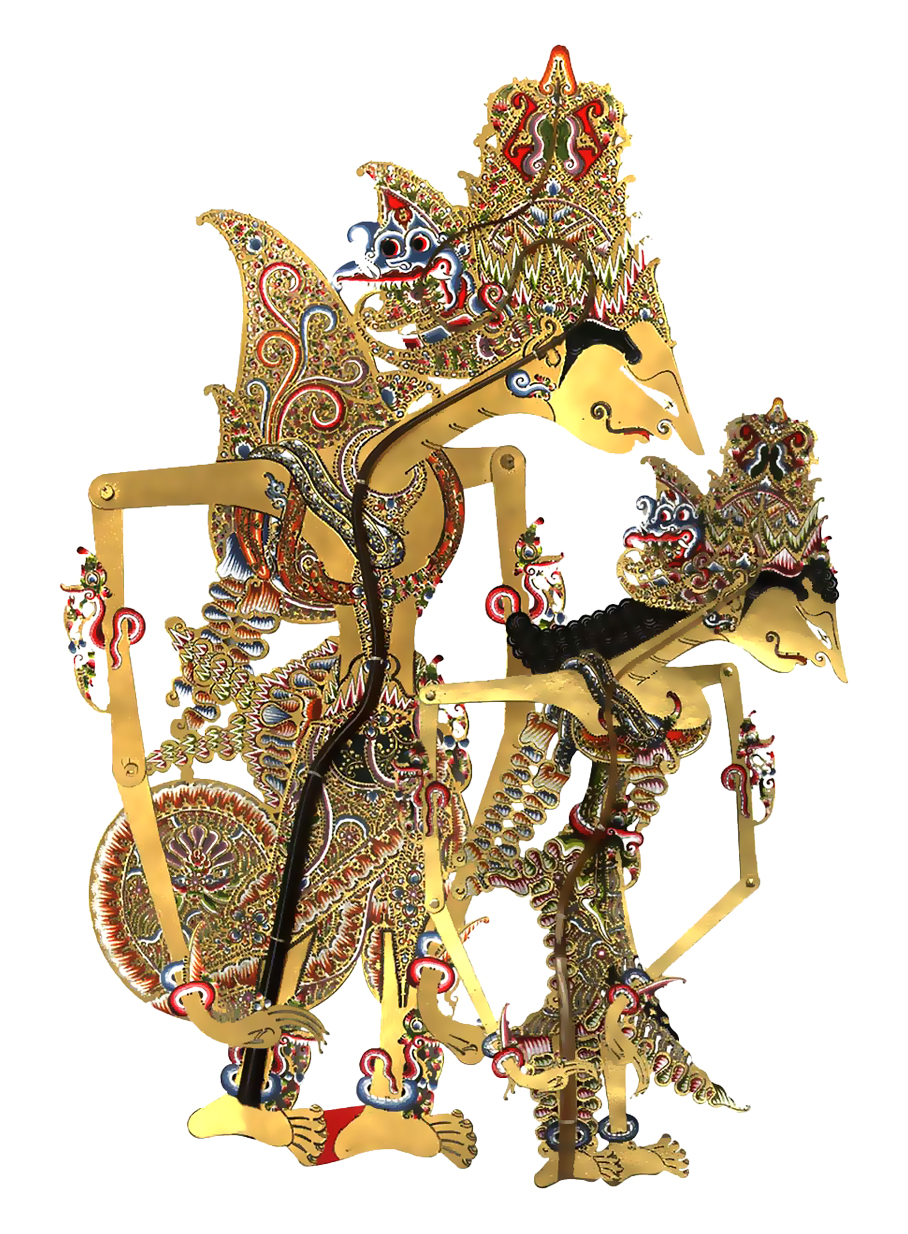Chopsticks: The Dayak Typical Weapons
Living in the middle of dense forest with trees towering and inhabited by various kinds of wild animals and wild, have inspired the Dayaks.

Basunat: Symbol islam Children in Banjarmasin, South Kalimantan
Basunat for society Banjarmasin, South Kalimantan, is very important. In fact, Islam is not considered perfect person if the person has not been circumcised. Therefore

Rumoh Aceh (Traditional Malay Houses in Aceh Province)
Confidence of individuals or communities and the natural conditions in which the individual or community life have a significant influence on the architecture, the house, which was made.

Dance Lumense / Tari Lumense
This dance is dedicated at a ceremony welcoming guests partying people in the DistrictBombana.Tari Lumense, dance is a dance of Poso that survived the great to welcome guests..

Tanggai Dance
Dance is a dance date of the offering, addressed to guests who have the invitation. One is dedicated to the wedding customs of South Sumatra region generally..






 08.38
08.38
 Nasrul Umam
Nasrul Umam
















